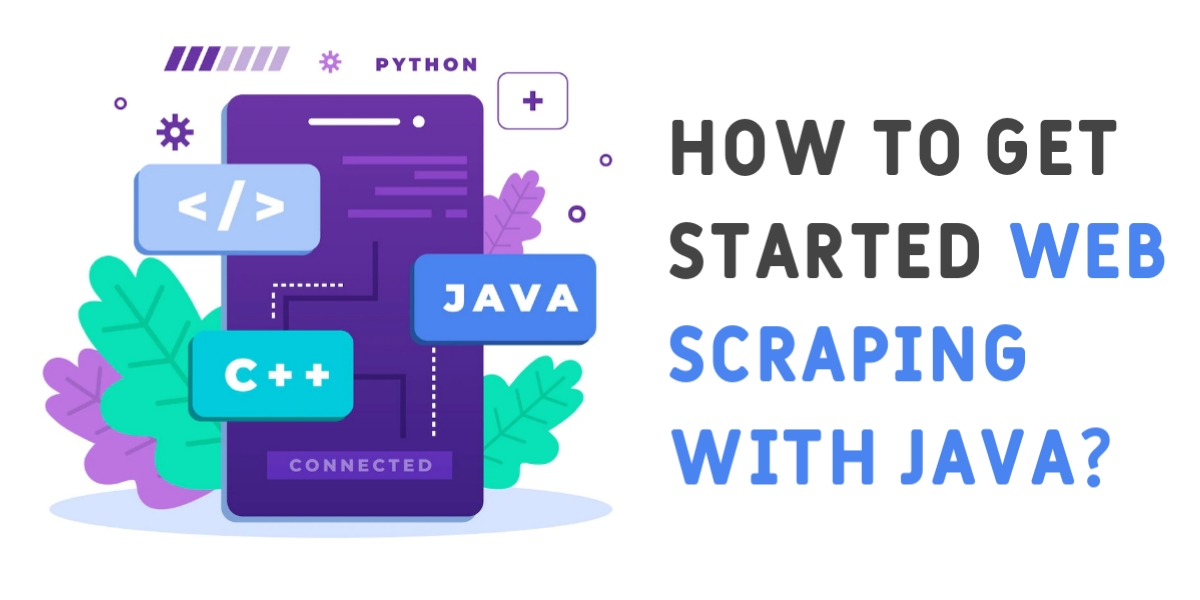Java is an object-oriented programming language. For around 2 decades, it has become increasingly popular and accessible since then.
However, a common question that bugs many users is “how to get started web scraping with Java?”
To get started, you need to set up your environment, inspect the targeted page you want to scrap, send HTTP requests, scrape the HTML, and more. Following all these steps, you can easily carry on with the web scraping process.
So, here in this blog, our web scraping experts have briefly explained the ways you can build a Java website scraper.
How to Get Started Web Scraping With Java?
Here in this section, we’ll let you know all the ins and outs of the ways you can get started with your web scraping with Java.
Prepare the Setting Environment
Before we go on building our own Java web scraper, we first need to ensure we have all of the following:
– Java 8- Although Java 11 is the latest version with the best overall support, software developers still prefer Java 8 due to its convenience.
– Gradle- It’s an open-source automated build tool with different features like dependency management and more.
– HtmlUnit: When scraping, it can easily browse events like clicking and submitting forms. Moreover, it even supports JavaScript.
Look at the Page You Would Like to Scrape
Right-click anywhere on the page you would scrape and click on “Inspect Element.” When your developer console appears, you should be able to figure out the website’s HTML.
Scrape the HTML by Sending HTTP Requests.
To get the HTML, you must first send an HTTP request by using HtmlUnit. This will basically return your document and write the required code for this idea.
In response, the website will send back a HtmlPage. After getting the answer, you must remember to close down the connection, or the overall process will continue.
It’s crucial to know that HtmlUnit would show you error messages in your console that will force you to think that your PC is blown. Well, no need to worry as 98% of the time, it’s just nothing.
Most of the time, they happen when HtmlUnit tries to run the JavaScript coding from a website’s server. However, some of them can indeed be real errors that may indicate something is seriously wrong with the code, so you should pay attention when running your program.
Taking out specific parts
You now have the HTML document, and you need to get the data. So, turn all the previous responses into information to aid people to understand.
First, figure out how to get the title of your website. You can easily do this with the help of the built-in method TitleText.
HtmlUnit has a lot of built-in methods that are easy to understand, so you don’t have to spend hours reading documentation.
Send the Information to CSV.
Such extraction can indeed be helpful when your data needs to be sent to any other application. So, for that, you need to export the data that has been parsed to a file outside of the app.
Bottom Line
Web scrapers have to deal with a lot of problems and issues, especially when dealing with codes and all. However, with the help of Java, Developers might find it fun and educational to solve these problems for better web scraping. Therefore, if you are going for web scraping, Java can indeed aid you with all the essential help that you would require.


